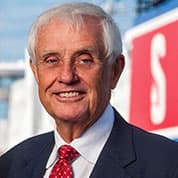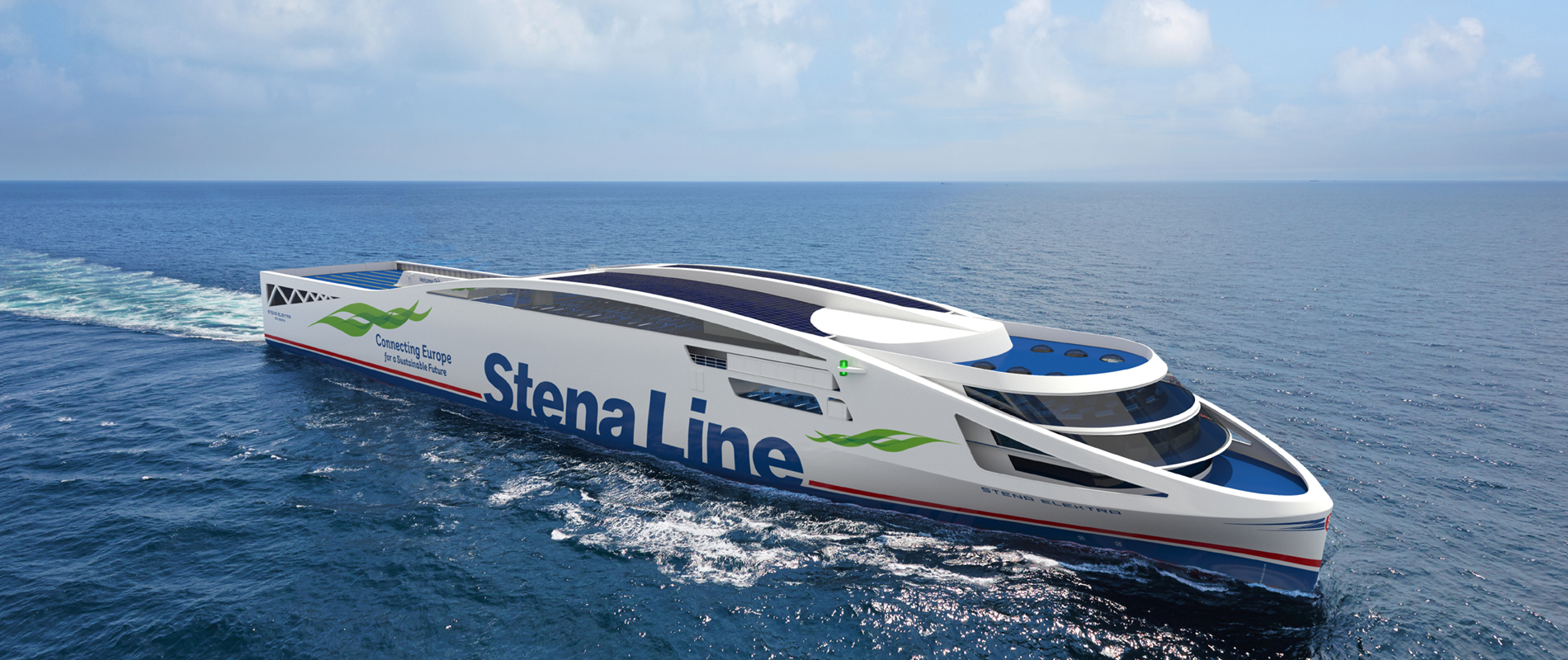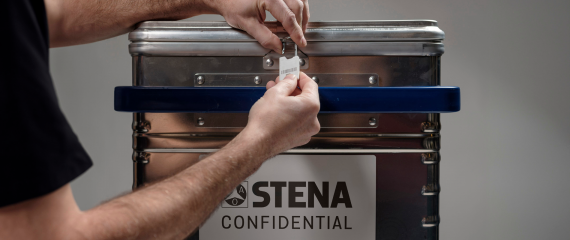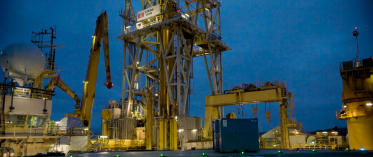NOTHING NEW UNDER THE SUN?
In previous issues of SfärNytt, we've read about the development of the STENA ELEKTRA, which will likely be the world's largest battery-powered ferry. Electrically powered vessels are believed to have great potential in the future with the capability of utilizing renewable energy from solar, wind and hydropower in combination with efficient, emission-free operation. A special team has now been assembled at Stena for the exciting task of further development of the STENA ELEKTRA concept from vision to reality, with plans for two vessels to enter service no later than 2030.
In development work, however, it can be both interesting and useful with a look at what has been done before.
As an example, we find that the first electrically powered vessel was tested on September 13, 1838 on the Neva River in Russia. Funded by the Russian Czar Nicholas I, the Prussian innovator and famous physicist Moritz Hermann von Jacobi had developed an 8-meter long battery-powered boat which reportedly transported a dozen people on the river about 7.5 km (about 4 nautical miles) at a modest 2–3 km per hour during a journey that lasted about 3 hours. The propulsion consisted of an electric motor, partly built of wood, which drove two paddle wheels. Motor output was at about 0.3 kW (roughly equivalent to the output for today’s electric bikes). The batteries were of a non-rechargeable type and there was a considerable amount of smoke from the machinery during the journey. The following year, new attempts were made with improved batteries and increased motor output, which resulted in an almost doubling of speed.
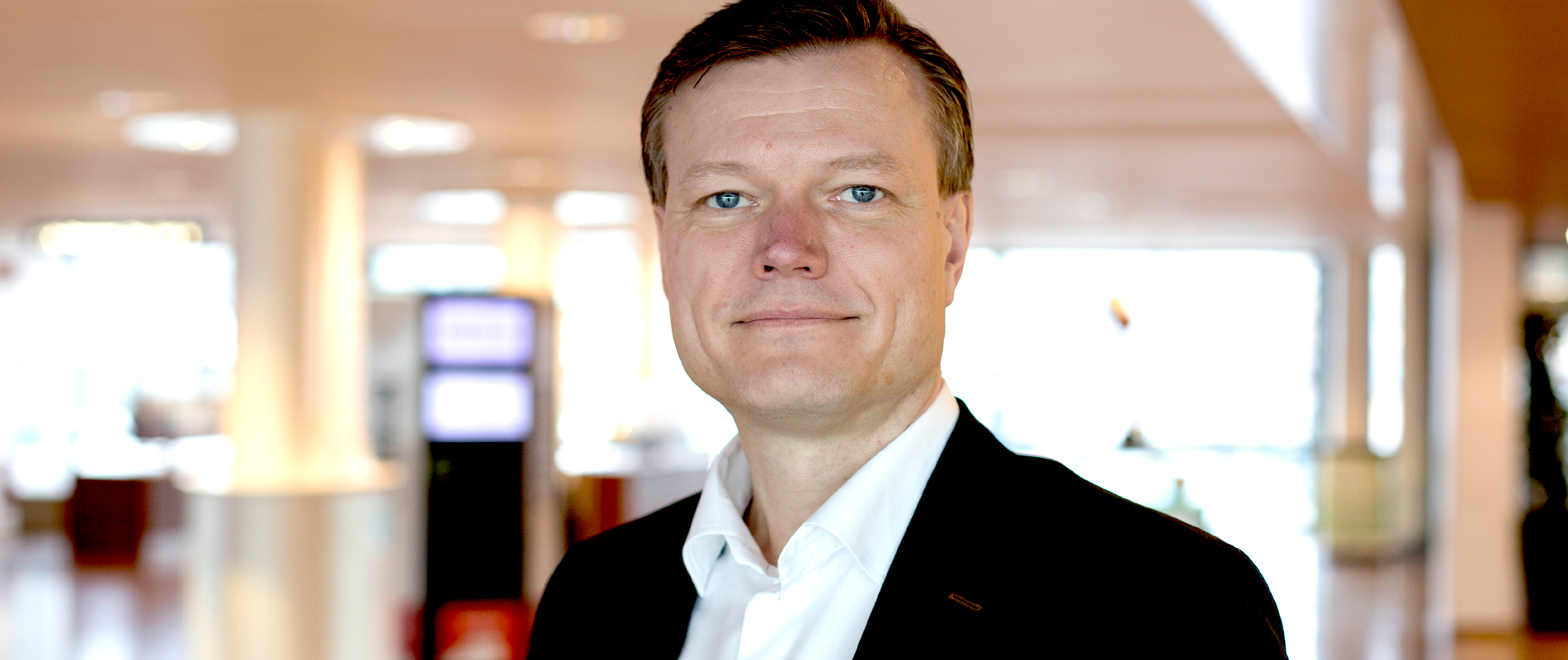
Hans Tistrand, Project Manager, Stena Teknik.
The technological development of electric motors and rechargeable batteries continued and from the end of the 19th century, battery-powered boats were in operation on lakes and rivers including the Thames, where a system of charging stations was established along the river. From the 1920s and onwards, however, interest in battery operation declined as the internal combustion engine became increasingly dominant.
With new times come new challenges and interest in battery-powered vessels, especially ferries, has increased again. With future requirements for emission reductions and energy efficiency, battery operation is considered to be an attractive solution for vessels that operate at moderate distances and provided that there are charging stations.
Well, what has happened during the nearly two centuries that have passed since Jacobi’s first electric boat? Above all, the rapid development of batteries in recent years has enabled amounts of energy to be stored that previously appeared to be utopian. In the Stena Elektra project, we can therefore plan to transport approximately 1,200 passengers, 160 trailers or 700 passenger cars emission-free approximately 50 nautical miles (just over 90 km) in 3 hours. This requires a battery capacity 50,000 times greater than what Jacobi had (or by comparison, a capacity equivalent to about 1,000 Tesla electric cars). Oddly enough, the 3-hour route coincides with the length of Jacobi’s test trial.
There’s plenty that’s new under the sun, but not everything.
Hans Tistrand
Project Manager,
Stena Teknik
| Etymology | Elektra is a female name with its origins in Greek antiquity. The name is believed to be related to ilector with the approximate meaning "the shining sun" or elektron with the meaning amber. Elektra is also the name of one of the "seven sisters" in the constellation Pleiades, probably from the Greek pleo with the approximate meaning "sail" or "navigate", and the constellation is said to have been used by ancient seafarers when navigating the Mediterranean. |

